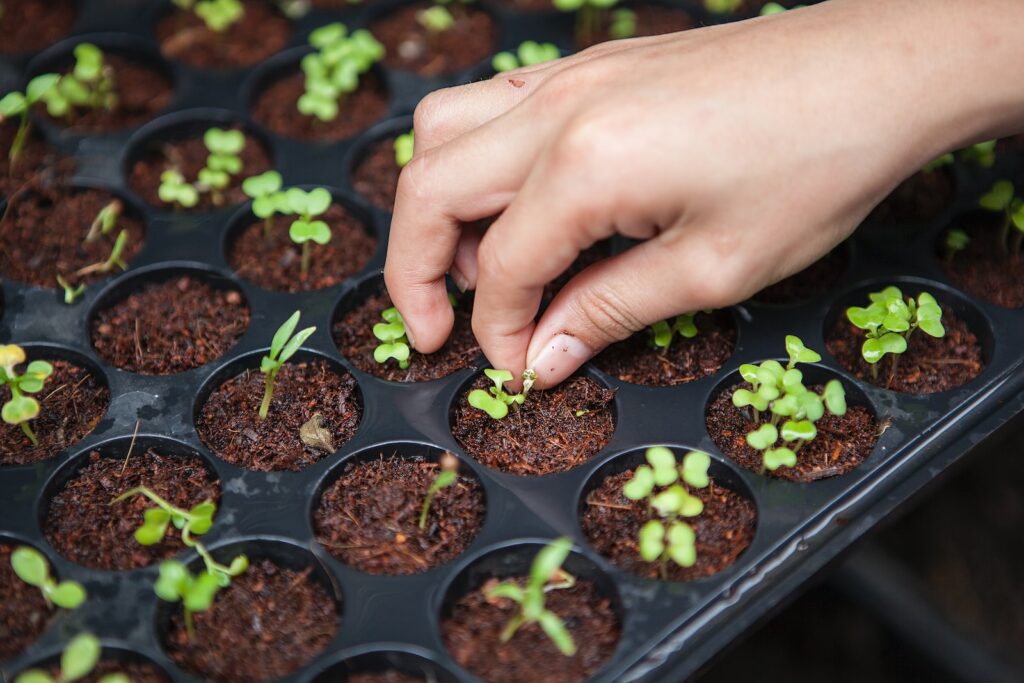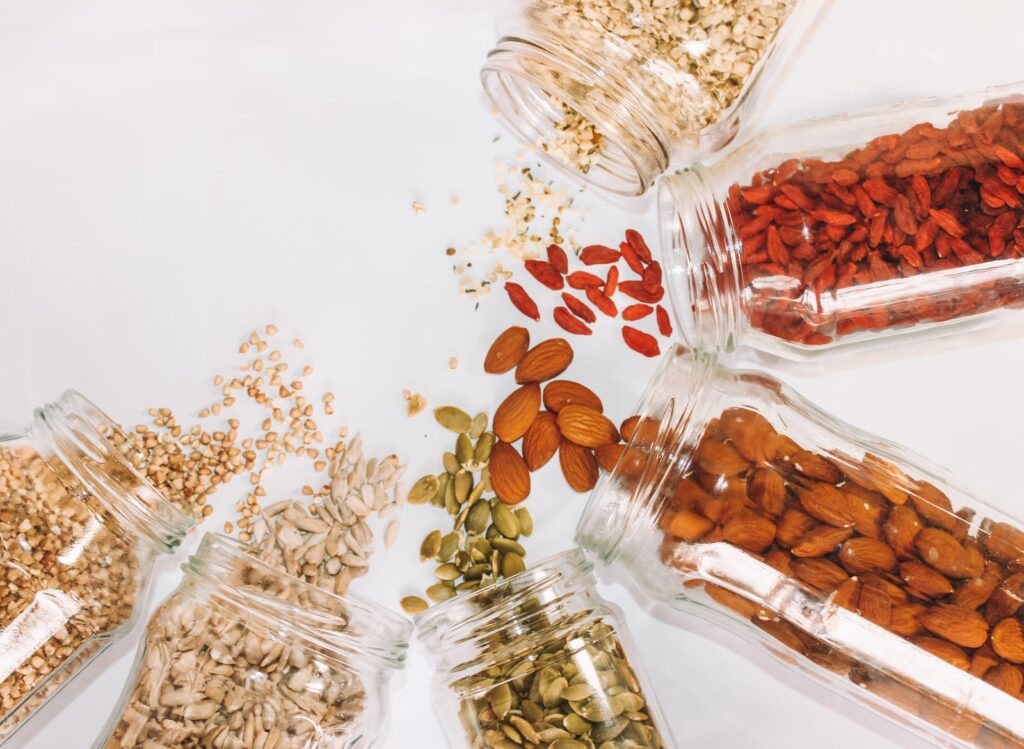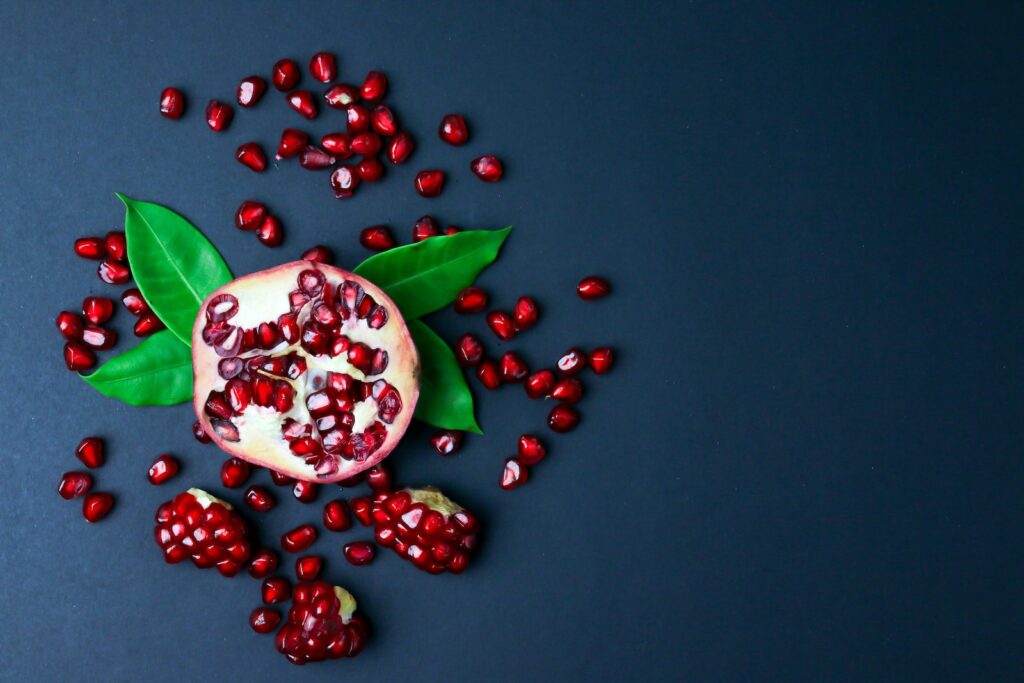Peppers are one of the most popular vegetables in the world, and growing them hydroponically can be a great way to get the most out of this delicious and nutritious crop. Hydroponic systems are becoming increasingly popular among home gardeners and commercial growers alike, as they provide an efficient, water-efficient way to produce high-quality crops. In this article, we’ll discuss how to grow hydroponic peppers, the benefits of growing them this way, and the equipment you’ll need to get started.
How to Grow Hydroponic Peppers
Growing hydroponic peppers is a great way to get a large yield of peppers without taking up too much space. To begin, you will need to purchase a hydroponic system that is designed for peppers. This system should provide the necessary environment for the peppers to thrive, such as light, water, and nutrients. Once you have the system set up, you will need to plant pepper seedlings into the system.
- Prepare the hydroponic system. Choose a hydroponic system that is suitable for growing peppers such as a deep water culture or nutrient film technique system. Follow the instructions for setting up the system.
- Select pepper seeds. Choose a variety of pepper seeds suitable for hydroponic growing.
- Plant the seeds. Place the seeds in a starter plug, which is a foam-like material filled with nutrients. Place the plugs in a tray filled with water.
- Provide the right temperature and light. Peppers need temperatures between 70-85 degrees Fahrenheit and at least 8 hours of light per day.
- Monitor the pH level. The pH level should be between 5.5-6.5 for optimal growth.
- Provide the right nutrients. Peppers need nitrogen, phosphorus and potassium for optimal growth.
- Harvest the peppers. Harvest the peppers when they have reached their desired size.
The seedlings should be planted in a growing medium, such as a rockwool cube or perlite. The seedlings should be watered regularly, and the system should be checked to make sure the pH level is between 5.5 and 6.5. As the peppers grow, they should be provided with enough light and nutrients to reach their full potential. Once the peppers are mature, they can be harvested and enjoyed!

Hydroponic systems are designed to grow plants in water and nutrient solutions, rather than in soil. This method of gardening has numerous advantages, including the ability to grow plants in a smaller, more controlled environment; the ability to precisely monitor and adjust nutrient levels; and the ability to use fewer water and energy resources than traditional soil-based gardening. Hydroponic systems are also more efficient than soil-based gardening, as they eliminate the need for weeding and crop rotation.
Benefits of Growing Hydroponic Peppers
Growing hydroponic peppers offers a number of benefits compared to traditional soil-based farming. Firstly, it uses significantly less water, since it does not require the soil to be watered. It is easier to control the growing environment, such as the amount of light, temperature, and nutrients, which can be adjusted to optimize pepper growth. Furthermore, hydroponic peppers require less space and can be grown indoors, so they are more accessible in urban areas. They can be harvested more quickly, resulting in a larger yield and faster turnaround time.
Increased Yield
Hydroponic peppers have higher yields than traditional soil-based peppers, due to the fact that they absorb the exact nutrients they need for optimum growth. This means that gardeners can get more peppers from a smaller space.
Shorter Growing Time
Hydroponic peppers typically have a shorter growing time than traditional soil-based peppers, as they can absorb nutrients faster and more efficiently. This allows gardeners to harvest their peppers in a shorter amount of time.
Less Risk of Pests and Diseases
Since hydroponic peppers are grown in a controlled environment, there is less risk of pests and diseases. This means gardeners can rest assured that their peppers will be healthy and safe to eat.
Improved Flavor
Hydroponic peppers are known for having an improved flavor compared to traditional soil-based peppers. This is because they are able to absorb the exact nutrients they need for optimum flavor.

Equipment Needed for Hydroponic Peppers
To grow hydroponic peppers, you’ll need several components. Specifically, you’ll need a hydroponic system, such as a nutrient film technique or deep water culture system, to provide the pepper plants with the nutrient-rich water they need to thrive. You’ll need a light source, such as a grow light, to provide the pepper plants with the light they need to photosynthesize. You’ll also need a timer to control the light cycle and a fan to provide air circulation.
Growing System
The first piece of equipment you’ll need is a growing system. There are several different types of hydroponic systems available, including wick systems, ebb and flow systems, and aeroponic systems. Each system has its own benefits and drawbacks, so it’s important to research and choose the system that’s best for your needs.
Grow Lights
In order to get the most out of your hydroponic peppers, you’ll need to provide them with adequate light. LED grow lights are a popular choice, as they provide both light and heat in one unit. Additionally, LED lights are more energy-efficient than traditional grow lights.
Nutrient Solution
In order to provide your peppers with the nutrients they need, you’ll need to create a nutrient solution. This solution should be specifically tailored to your plants, as different plants require different amounts of nutrients.
pH Meter
Your peppers need to be grown in the proper pH range in order to thrive. A pH meter can help you easily monitor the pH levels of your nutrient solution and make adjustments as needed.
Tips for Growing Hydroponic Peppers
Growing hydroponic peppers can be a rewarding experience. The key to success with hydroponics is to provide the right environment and nutrients. Start by setting up your hydroponic system and selecting the right pepper varieties for your climate. You’ll also need to ensure that the system is properly aerated, and that the water and nutrient solution is at the right temperature and pH level. When the plants are ready to go, be sure to provide them with plenty of light, either from natural or artificial sources. Make sure to check the pH and nutrient levels regularly, and to adjust them as needed. Don’t forget to water regularly and to provide enough nutrients for the plants to thrive. With the right care and attention, you should have a thriving hydroponic pepper garden.

Provide Adequate Light
In order to get the most out of your hydroponic peppers, you’ll need to provide them with adequate light. LED grow lights are a popular choice, as they provide both light and heat in one unit. Additionally, LED lights are more energy-efficient than traditional grow lights.
Adjust Nutrient Levels
As your peppers grow, you may need to adjust the nutrient levels in your nutrient solution. This can be done easily with a pH meter. Additionally, you may need to adjust the pH levels of the solution, as peppers prefer a slightly acidic environment.
Monitor Water Levels
Hydroponic peppers require frequent watering, as the nutrient solution will eventually become depleted. Regularly monitor the water levels in your growing system to ensure that your peppers are getting enough water.
Harvest Peppers at the Right Time
Harvest your peppers when they are ripe to ensure that you get the most out of your crop. Peppers typically change color as they ripen, so be sure to monitor them closely.
Troubleshooting Common Issues With Hydroponic Peppers
Despite the many benefits of growing hydroponic peppers, there are some issues that might arise. The following are some common issues and tips on how to troubleshoot them:
Inadequate Nutrient Levels
If your peppers are not growing as quickly as you’d like, it could be due to inadequate nutrient levels in your nutrient solution. To fix this, you should regularly monitor the levels of your nutrient solution and adjust them as needed.
Too Much Light
Too much light can cause your peppers to become stressed and can even lead to sunburn. To fix this, you should adjust the angle of your lights or use shades to reduce the amount of light your peppers receive.
Pests and Diseases
Hydroponic peppers can be susceptible to pests and diseases, just like any other crop. To prevent this, you should regularly inspect your peppers for signs of pests or diseases and take appropriate action if necessary.
Waterlogged Peppers
If your peppers become waterlogged, it can lead to stunted growth and poor flavor. To fix this, you should monitor the water levels of your growing system and adjust them as needed.
Tips for Maximizing Your Hydroponic Pepper Crop
Once you’ve successfully grown your hydroponic peppers, there are a few things you can do to maximize your crop. The following are some tips to help you get the most out of your hydroponic pepper crop:
Proper Pruning
Pruning your peppers regularly can help maximize your crop, as it will allow the peppers to get more light and air circulation. Additionally, pruning can help reduce the risk of diseases and pests.
Fertilizer
Using a high-quality fertilizer can help ensure that your peppers get the nutrients they need to thrive. Be sure to choose a fertilizer that is specifically formulated for hydroponic peppers.
Good Air Circulation
Good air circulation is essential for healthy peppers, as it helps reduce the risk of diseases and pests. You can ensure good air circulation by periodically opening the doors or windows of your growing area.
Support Structures
As your peppers grow, you may need to provide some type of support structure. This can help reduce the risk of your peppers becoming damaged or falling over.
Conclusion
Growing hydroponic peppers can be a rewarding and satisfying experience. With the right equipment and a little bit of know-how, you can easily produce high-quality crops in a water-efficient way. You can maximize your crop by pruning, fertilizing, providing good air circulation, and providing support structures. With these tips, you can be sure to get the most out of your hydroponic pepper crop.
